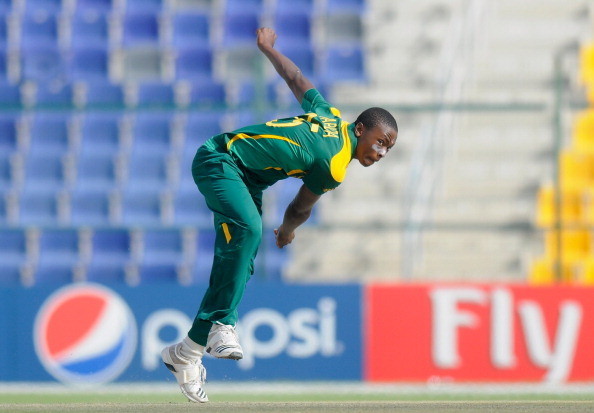There will be many questions and theories as to why South Africa lost an ODI series to Bangladesh for the first time ever. Kobus Pretorius tries to give some reasons.
How much introspection should there be after Wednesday’s defeat by nine wickets? Should South Africa just brush it off and move on, or should they go deeper to try and find some answers?
1. Rotation is not to blame
A few new faces were included in the ODI squad for this tour, but experimentation with team selections was not the problem. It wasn’t South Africa’s best team who played in the series, but it certainly wasn’t a team so bad that they had to lose the last two games by seven and nine wickets respectively. Dale Steyn and AB de Villiers were missing in action, but only De Villiers would have played, had his wife not been on the brink of giving birth. Newcomer Kagiso Rabada had an exceptional series, while Chris Morris was mediocre. The rest, bar De Villiers and Steyn, were pretty much the ‘A-team’.
2. The AB factor
AB de Villiers’ absence appears to have played a role in South Africa’s demise. Any batting line-up would be worse off without him in their ranks, but it’s alarming how much the Proteas have struggled without him. South Africa should not be losing just because De Villiers isn’t playing, especially against Bangladesh. De Villiers was South Africa’s best batsmen at the World Cup by far, but even he admitted that he couldn’t win the tournament on his own. It is true that De Villiers takes on a lot of responsibility when he plays, but even he needs support from the rest of the batting order if the team want to be successful. This tour was their chance to show they can cope without him when he’s not around, but unfortunately it seems they aren’t ready yet.
3. Tough selections ahead
The lack of form of so many batsmen at once seems suspect. Nevertheless, the likes of Hashim Amla, Faf du Plessis and JP Duminy will never be dropped. And they shouldn’t be. But the same can’t be said for Quinton de Kock, Rilee Rossouw and Farhaan Behardien. De Kock’s poor form has created a bit of a selection nightmare for the selectors, even though they won’t admit it publicly. Rossouw got a chance at No 4 in De Villiers’ absence, but he didn’t do enough, while Behardien was also inconsistent. One option might be to drop De Kock down the order to number seven and give Rossouw a crack at opening the batting with Amla, something the management was reluctant to do at the World Cup. They might be forced to this time.
4. Poor excuses
This was Hashim Amla’s reasons (excuses) for losing the series: ‘We misjudged the conditions and were rusty.’ That just isn’t good enough. How can players with so much experience ‘misjudge conditions’ twice in a row? Rusty? After playing IPL and two T20Is beforehand? Sounds a bit thin. Just be honest; the batting wasn’t good enough. Too many batters didn’t perform as South Africa struggled to build meaningful partnerships which is needed to post competitive totals.
5. Shining light
It can’t be all negative, though. Kagiso Rabada was the only positive for the Proteas to come out of the miserable series. He played all three games, took eight wickets including world best figures of 6-16 on debut, and looks a sure bet for the future. He still needs to be managed carefully and similar performances against better opposition will be needed before a final judgment on his abilities can be made. However, all the signs are there that Rabada can lead South Africa’s bowling attack when Dale Steyn decides to call it a day. There should be no rush to expose Rabada to Test cricket. At 20 he is still very young for a fast bowler and still learning his trade. Being a fast bowler in Test cricket takes a big toll on the body and it will be a shame if Rabada’s promising career is derailed because he wasn’t ready. Besides, South Africa’s Test bowling attack is still one of the best in the world and there isn’t a need to change it now.







